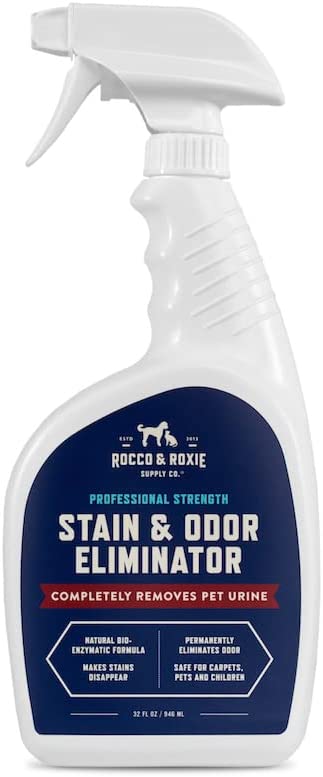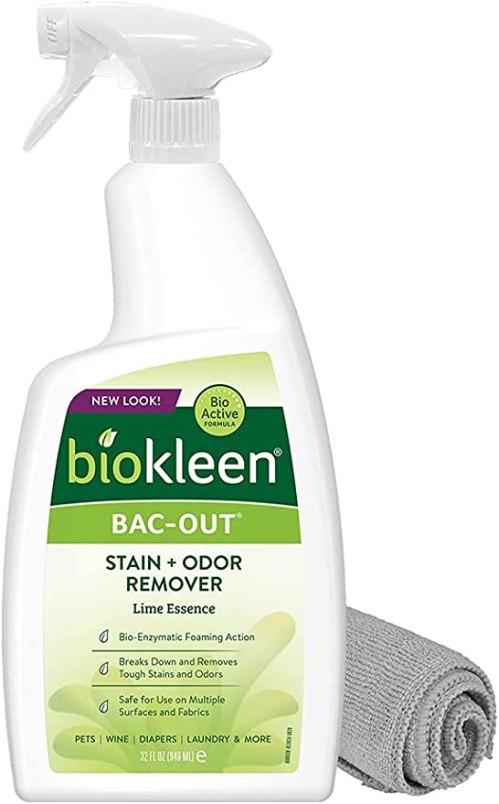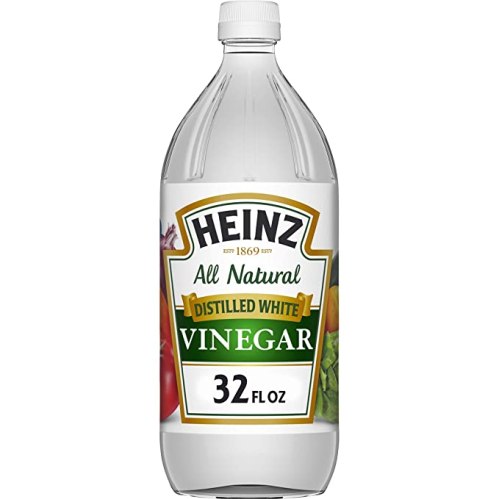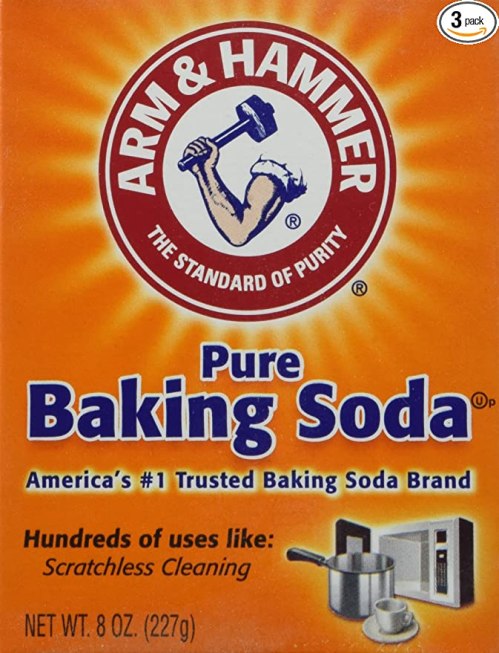Our editors independently select these products. Making a purchase through our links may earn Well+Good a commission
Cleaning up dog or cat vomit is unpleasant enough, but the task is made all the worse when it’s on the carpet. Leftover puke can stay stuck to the carpet fibers and the stench can linger long after the mess has been cleared up. Fortunately, with the right tools and a little elbow grease, you can consider every last bit of throw up as good as gone. For cleaning tips, Angela Brown from the Ask a House Cleaner YouTube channel shares how to clean cat and dog vomit from the carpet in five easy steps.
Experts in This Article
cleaning expert, host of the Ask a House Cleaner YouTube show and founder and CEO of The Savvy Cleaner
How to clean cat and dog vomit from the carpet
Acting fast is crucial when it comes to pet vomit removal. “Leaving vomit [unattended] invites bacteria as the stains and smell settle into the carpet so it is important to remove the vomit as soon as possible,” says Brown. Below, find her step-by-step guide on how to clean cat and dog vomit from the carpet.
1. Remove as much vomit as possible with a paper towel. Dispose of the paper towel in a poop bag.
2. Blot the area with a paper towel to soak up as much liquid as possible.
3. Treat the area with an enzymatic stain- and odor-remover. Let it sit for the recommended amount of time (usually 5 to 10 minutes).
4. Blot the area again with a dry paper towel.
5. Allow your carpet to fully dry, then vacuum.
What if the vomit has been there for a while?
When there’s pet vomit that’s been left alone for some time, cleaning it can become more challenging. You might have to treat the area more than once and use multiple products to lift away stubborn stains and smells that have embedded themselves into the carpet fibers.
Cleaning products for cat and dog vomit
When it comes to cleaning up dog or cat vomit from your carpet, you’ll want something that can effectively lift away puke and the odors that come with it. “Choose products with enzymes,” Brown says. A carpet stain remover that is formulated with enzymes can tackle both at the same time, making it ideal for cleaning up throw-up, as well as other pet messes, like feces, urine, and more. Plus, many enzymatic formulas are made with chemicals that are safe for you and your pet.
With that said, always be sure to review the ingredients list before using a product around pets and avoid potentially harmful ingredients for nonhuman companions. “Avoid chemicals with strong respiratory or toxicity warnings, which can harm people and pets,” says Brown. You’ll also want to think about whether a particular product is safe to use on your carpet. Check the specific instructions of the carpet stain remover you plan on using, and consider performing a patch test on an inconspicuous area of your carpet before full application.

Rocco And Roxie, Stain And Odor Eliminator — $20.00
With more than 97,000 Amazon reviews and a 4.5-star overall rating, this enzymatic stain-and-odor eliminator cleaner is a popular option among pet owners. It’s safe to use around pets and on most, if not all carpet types. You can also use it on your upholstery and clothes.

Biokleen, Bac-Out Stain Remover — $14.00
This enzymatic cleaner is made with a plant-based formula and no chemicals that could potentially harm your pet. It eliminates stains and odors, only leaving behind a lime scent. As a bonus, it comes with a free fabric cloth.
Homemade cleaning solutions for cat and dog vomit
If you want full control over what you’re using in your home and around your pets, consider using common household products to tackle the job.
Vinegar
Vinegar is an incredible cleaning solution—just a mixture of white vinegar, dishwashing soap, and water can create a cleaner that can remove stains from your carpet. Acetic acid, the main component in vinegar, breaks down stains, while dishwashing soap reinforces this solution’s stain-fighting abilities while leaving your carpet fresher smelling. The solution comes together quickly, too: Just combine a teaspoon of dishwashing liquid with one part white vinegar and three parts water in a reusable spray bottle. If you want to ensure that the mixture is safe to use on your carpet, be sure to perform a patch test prior to treating the vomit stain.
How to clean cat and dog vomit from the carpet with vinegar:
1. Use it as you would a carpet stain remover, spraying it onto the area you want to treat.
2. Allow it to sit for about 30 minutes.
3. Blot up the excess liquid with a paper towel.

Heinz, All Natural Distilled White Vinegar — $2.00
Baking soda
As you’ll likely have to eliminate the stench that often comes with pet vomit, you also might want to consider using baking soda. Baking soda, or sodium bicarbonate, is a natural deodorizer that has made its way into many cleaning products for its ability to neutralize unpleasant odors. Keep in mind that baking soda can be harmful to your pet when ingested in large amounts. If you want to prevent the risk of accidental ingestion, you might want to keep your dog or cat in a separate room while you’re deodorizing your carpet.
How to clean cat and dog vomit from the carpet with baking soda:
1. Sprinkle baking soda onto your carpet.
2. Allow it to sit for several hours.
3. Vacuum up the excess.

How to eliminate persistent vomit smells
If the smell of pet vomit continues to linger, use a damp sponge to blot away leftover residue, and opt to use baking soda to neutralize the smell. If, even after using baking soda, the stench persists, consider using an enzymatic-based cleaner, leaving it for as long as the product instructions allow, to ensure that it works effectively.
When to call a professional
While you can certainly clean pet vomit from your carpet yourself, you might want to call a professional carpet cleaner if your carpet’s material requires special care. Brown says that standard and long-pile (or shag) carpets are typically easier to clean of cat and dog vomit at home because they can be scrubbed when wet and dry out within a few hours of a pet accident. Conversely, berber carpets, which are “tightly woven fibers that make them resistant to household dirt and dust” are best professionally cleaned. “They take so long to dry when wet,” she says. “Carpet cleaning technicians are trained in high-temperature steam or dry-cleaning techniques, and they have the proper equipment, like extractors to remove water and fans, to dry the carpets.”
Why do dogs and cats vomit on the carpet?
There are several theories as to why dogs and cats seemingly seek out the carpet before vomiting. It might be that your pet wants to keep the areas where they eat, drink, or sleep clean, or that a carpet provides more traction underfoot than hardwood or tile floors, offering a sense of comfort and stability while they heave. Another theory posits that it’s instinctual for pets to gravitate towards soft surfaces because they feel like a grassy plane—a place where they would likely cover up or bury their puke in the wild.
Regardless of the cause, it isn’t uncommon for dogs and cats to throw up. They could be puking breakfast they ate too quickly, or coughing up a hairball. While these aren’t causes for immediate concern, vomiting could be a sign of a larger problem. If your pet is throwing up several times a day, their puke contains blood or bile, or if they’re experiencing other symptoms, such as lethargy or a loss of appetite, you’ll want to call your vet immediately.
Sign up for the Well+Good SHOP Newsletter
Get exclusive deals on wellness, beauty, fitness, and food products that have been hand-picked by our editors.
Got it, you've been added to our email list.








